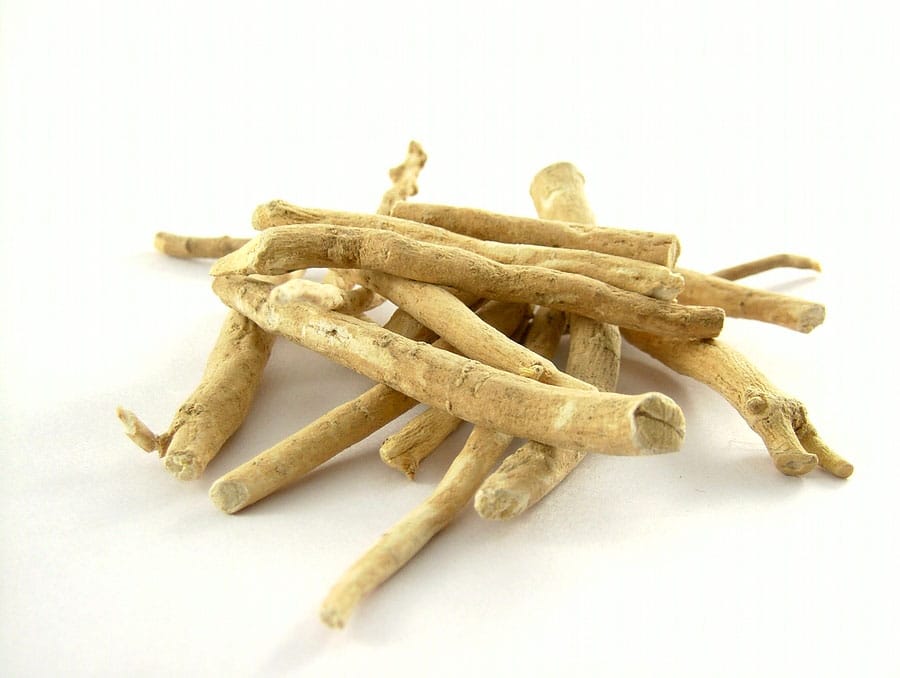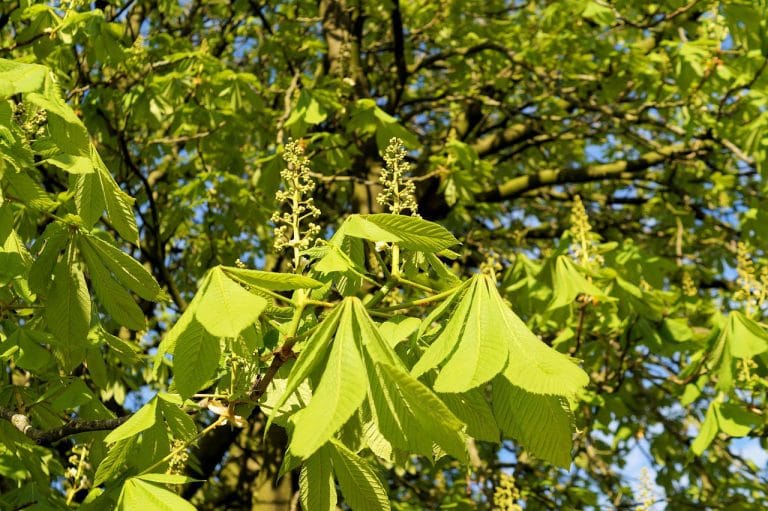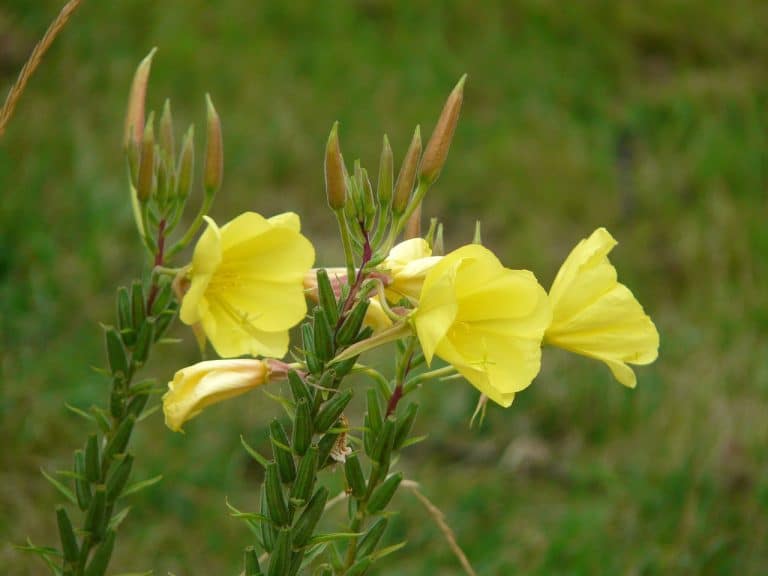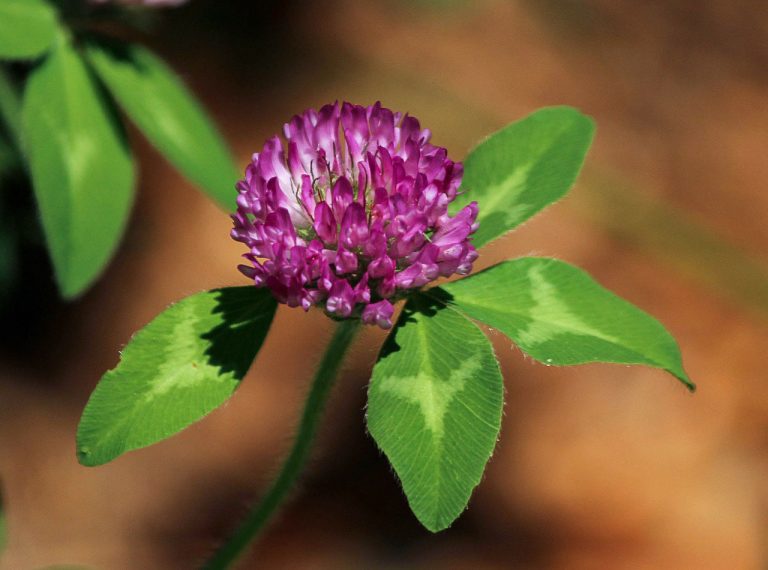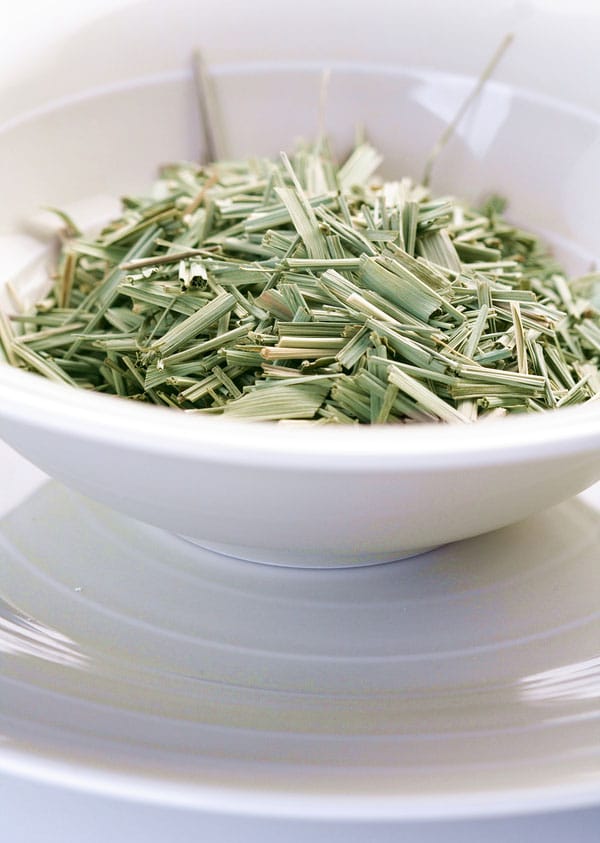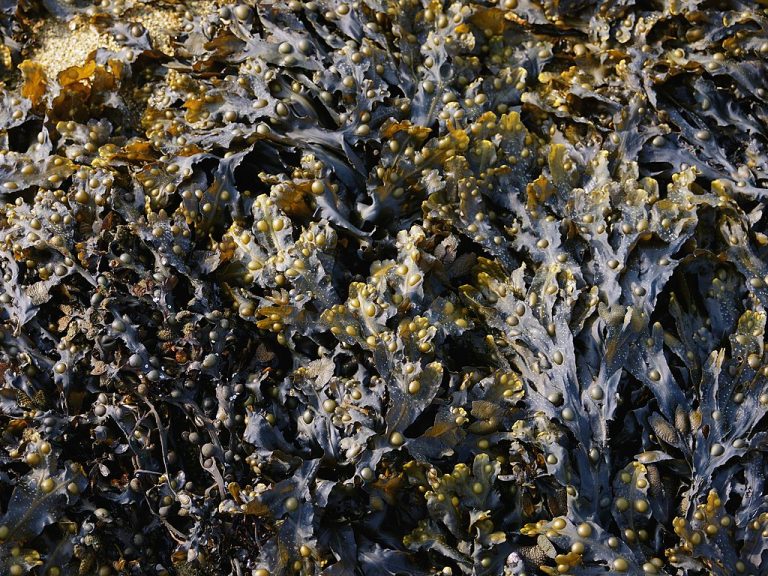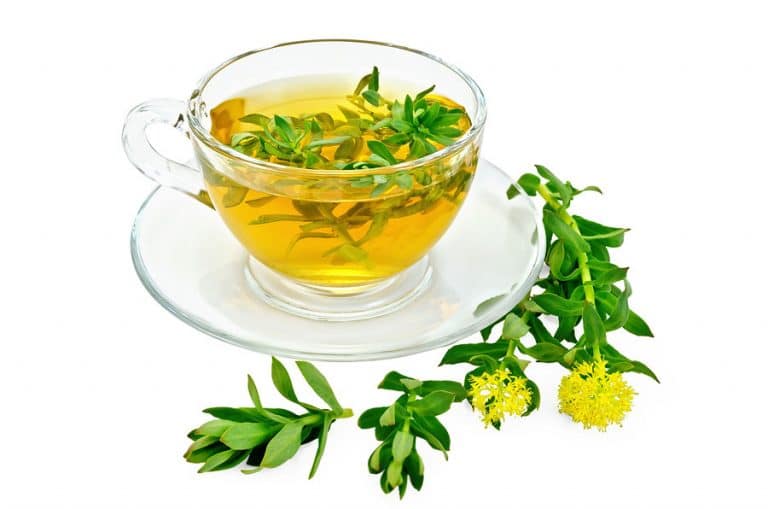Ashwagandha
Scientific Classification
| Kingdom: | Plantae |
| (unranked): | Angiosperms |
| (unranked): | Eudicots |
| (unranked): | Asterids |
| Order: | Solanales |
| Family: | Solanaceae |
| Genus: | Withania |
| Species: | W. Somnifera |
| Binomial name: | Withania Somnifera |
For ages, Ashwagandha has been an herb and the ginseng of Ayurveda, which is the traditional medicine of India. The Ashwagandha is considered to be an adaptogen which means a medicine or herb that improves the physical energy of a person and also athletic ability. Ashwagandha increases immunity to colds and infections; it also increases fertility and sexual ability among human beings. Aswagandha has a direct effect on the immune system of human beings. The immune system of humans is increased by its use. Studies show that there is a significant increase in the count of WBC (white blood cells) and also contribute to other measures that strengthen the immunity of rodents when they are made to consume Ashwagandha. Its consumption shows a slight sedative effect on the nervous system of animals. Ashwagandha is used as a muscle relaxant. They can be used as an agent to increase vitality, especially in case we are recovering from health issues that are chronic, particularly in conditions like arthritis where people suffer from a lot of pain and they are good medicines in regulating diabetes and also help in suppressing sugar cravings. They are good in the treatment of cancer and also in preventing them. Even cardio diseases and nervous issues can be treated by the use of Aswagandha. The use of Ashwagandha helps in producing thyroid hormones.
History
The Ashwagandha is also known as white cherry. The botanical name for it is Withania Somnifera. The Indian name is Ashwagandha, and it is is a shrub with very small star shaped hairs in it. The leaves of the plant are egg shaped and they are hairy and they grow up to 10 cm long. The flowers of Ashwagandha are pale green in color and they have clusters of about 25 and they have fruits that are red in color and with yellow seeds in it. The Ashwagandha is endemic to India and they are found in parts of Pakistan, Afghanistan and also in some areas of Sri Lanka. We can call this herb as a versatile. The roots of plants are very useful. They are bitter, astringent and heating. This root of Aswagandha works wonders on the reproductive system of your body. As a medicine, it is used as a tonic Rejuvenator and an aphrodisiac.
Anatomy
Ashwagandha is a medicinal drug and the dried roots of the plant are used as medicine. They come in small pieces which is 6-12 mm in diameter and 10.0-17.5 cm in length. The pieces come in dark brown color and the interiors are creamy. They are not branched, but conical and straight. The main root of this plant bears fibers. The outer surface of it is buff to gray and yellow and we can see them with wrinkles that are long.
Habitat
The Ashwagandha grows 1.5 meters tall and they are small shrubs. We can relate this plant to tomato. They have small flowers that are yellow in color and the flowers turn to small red fruits about the size of a raisin. Aswagandha is a native of the Mediterranean, parts of Africa and India.
Soil
The Ashwagandha builds energy and thrills. If you have an issue with erection, then consumption of Ashwagandha will help you to recover this problem. Take 1 gram of Ashwagandha and mix it with milk or ghee. Have this morning and night, you can impress your partner. The plant needs good sunlight and alkaline soil. They can grow in dry condition and fast drying soil as well. You can plant them in regular garden soil as well. They can grow well in sandy loams and soils that are light red and soil having good drainage with a pH of 7.5 to 8.0.
Watering
The Aswagandha does not need much of fertilization. Organic fertilization is used in some cases. Natural irrigation is the means by which the soil can be watered. Artificial watering is needed only when there is a drought. The hardy nature of Ashwagandha has made it popular among the farmers. They can be grown even on unproductive land.
Temperature and Humidity
Aswagandha is grown as a late rainy season crop. Areas receiving about 500 to 750 mm rainfall are best suited for the cultivation of this crop. Semi tropical areas are best suited for growing them. The roots develop if they receive one or two winter rains. During the growing period the plant needs relatively dry season. A temperature of about 20 degree C to 38 degree C is tolerated by the Ashwagandha plant. The plant grows to an altitude of 1500 meters above sea level.
Planting
The leaves of the Ashwagandha tree are egg shaped. The leaves are uniform and five petal flowers. The seeds are red in color. The plant bears, flowers all round the year. The root of the Ashwagandha is the main part of the plant. The prize is paid for the root. When we uproot the Aswagandha root we can see a long taproot and a mass of small roots. If Ashwagandha is cultivated in one acre of land, you can get about 500 pounds of root and when it dries it reduces to 150 pounds. The tree gets matured in one year. January to March is the harvesting period. The plant needs less of attention and almost no irrigation for them to grow. They grow even in the parched climate of the Southern part of India. The Aswagandha plant is famous for its strength and vigorous nature. It helps the mind and the body and adapts to stress in a better way. It calms down the nervous system of people with high physical labor.
Uses
The Aswagandha is a plant with significant benefits. They are highly adaptogenic. It helps them with good physical labor to adapt to stress. It works as a rasayana, which means it helps in longevity and vitality. It helps in the nourishment of joints and nerves.
Pests and Diseases
Ashwagandha is not affected much by pests. If the insects attack the plant, a roger spray will help to destroy the pests. A repeated spraying of roger in every 15 days will help them to stay away from pests. Mites and insects may also be destroyed if roger is sprayed. Certain diseases like rot and the blight are observed. The seedling mortality is highly increased if the temperature is high and if the condition is humid. Use seeds with less diseases, this minimizes the incidence of diseases. Giving proper treatment to seeds will free them from getting diseases. Neem cake is a good medicine to keep the seeds healthy.

Having discovered a fondness for insects while pursuing her degree in Biology, Randi Jones was quite bugged to know that people usually dismissed these little creatures as “creepy-crawlies”.

